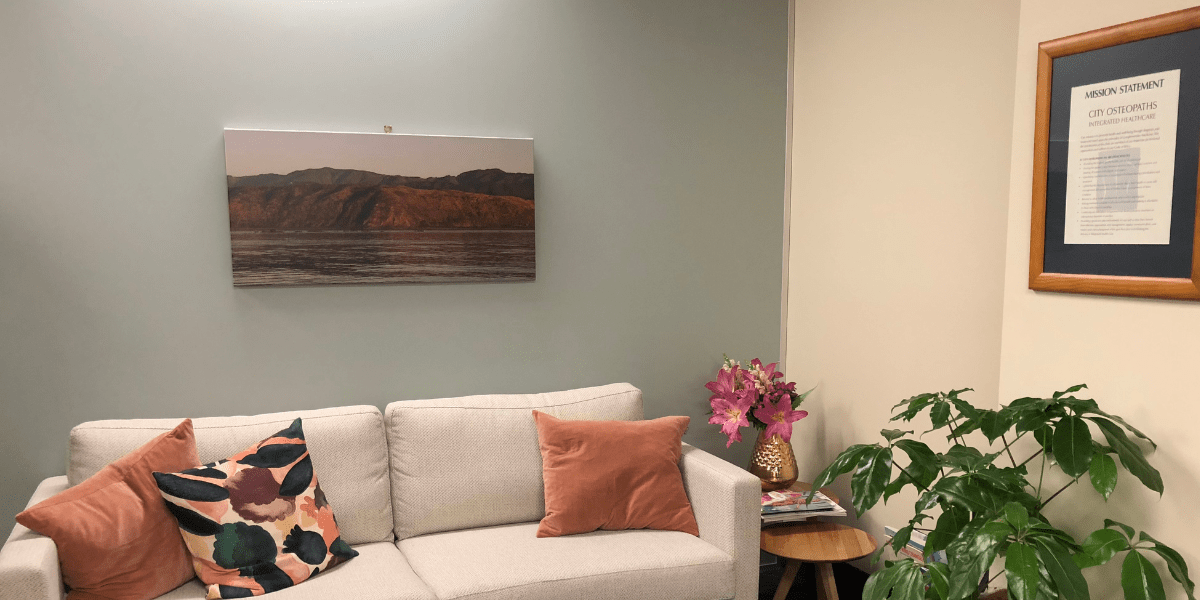Dysfunctional breathing is a very common yet often overlooked issue that can significantly impact our overall well-being, particularly when it comes to back pain. In this blog post, we'll explore dysfunctional breathing, its relationship to ongoing back pain and introduce some techniques that can alleviate discomfort and improve your quality of life.
Unlike conditions such as asthma or bronchitis, dysfunctional breathing is defined by disordered breathing patterns that do not have a specific cause. While breathing is an automatic function of the body, it can also be influenced by our habits, our posture, and even our emotions. Current research suggests that an interplay between extended periods of stress or anxiety combined with increasingly sedentary lifestyles can lead to inefficient breathing patterns such as shallow chest breathing or breath-holding. This can put unnecessary strain on the muscles of the back, leading to chronic pain over time if left untreated.
While back pain is common, it should not be dismissed as an inevitable fact of life. There are many ways in which you can address dysfunctional breathing, reduce your back pain, and improve your overall wellbeing. By incorporating techniques to optimise breathing patterns, such as diaphragmatic breathing and mindfulness practices, individuals can reduce tension in the back and promote relaxation. Practices such as yoga and pilates that promote healthy breathing and mindfulness can also be useful at reintegrating diaphragmatic breathing back into your everyday life. Click on the links below for more exercises that can support a healthy breathing practice or book a consult with one of our expert osteopaths who can assess your breathing patterns and provide personalised recommendations for improving respiratory function.
By sharing our knowledge of dysfunctional breathing and its relationship to back pain, we aim to empower individuals to take proactive steps towards better health and well-being. Remember, by prioritising proper breathing techniques and addressing underlying imbalances, you can breathe easier and enjoy a life free from persistent back pain.
To find out more about the author David Click Here




